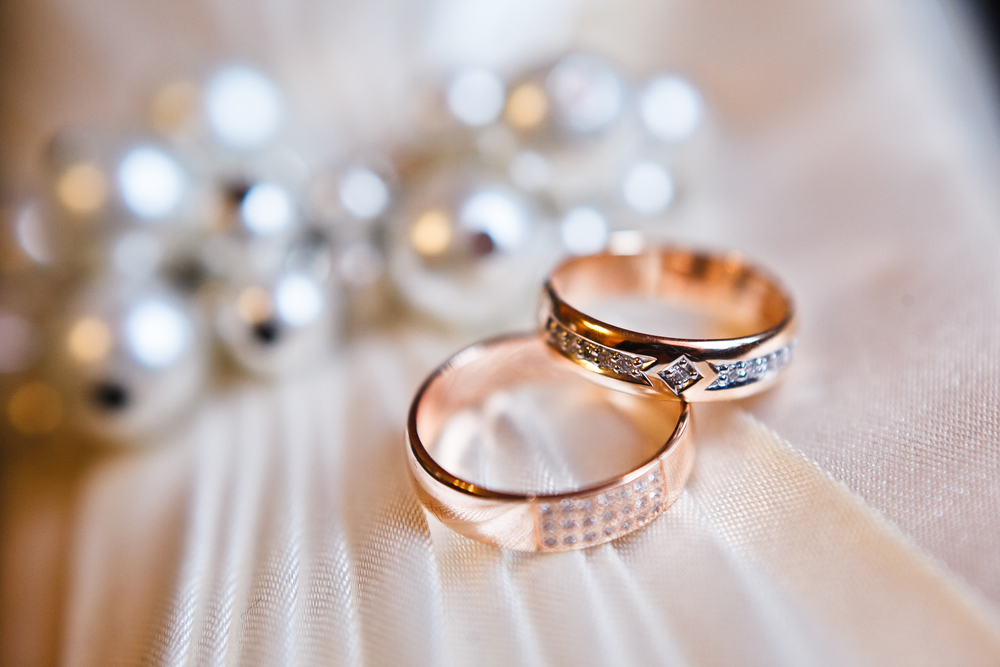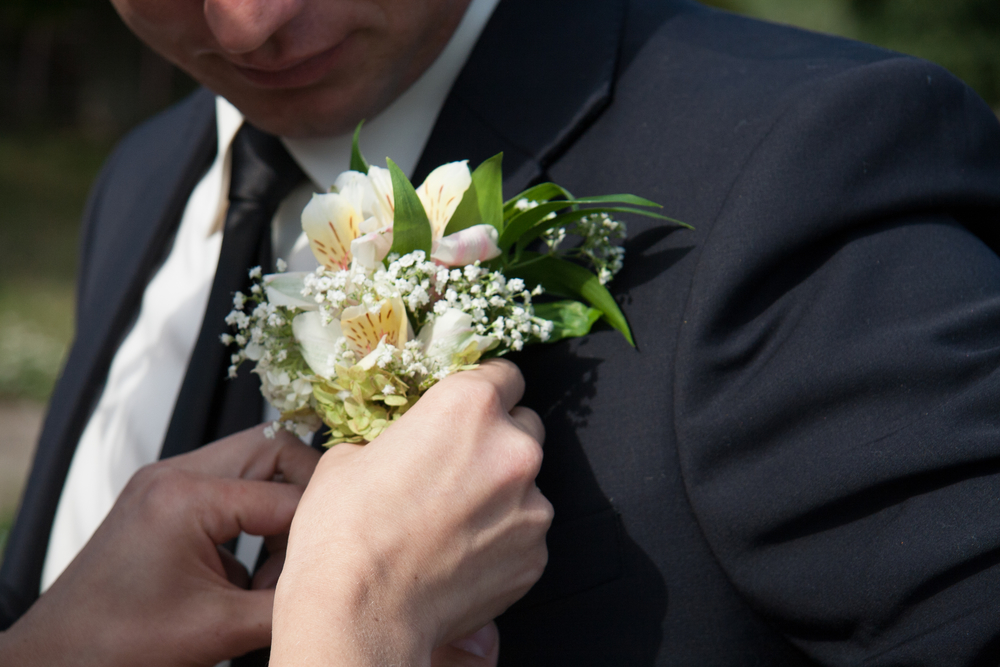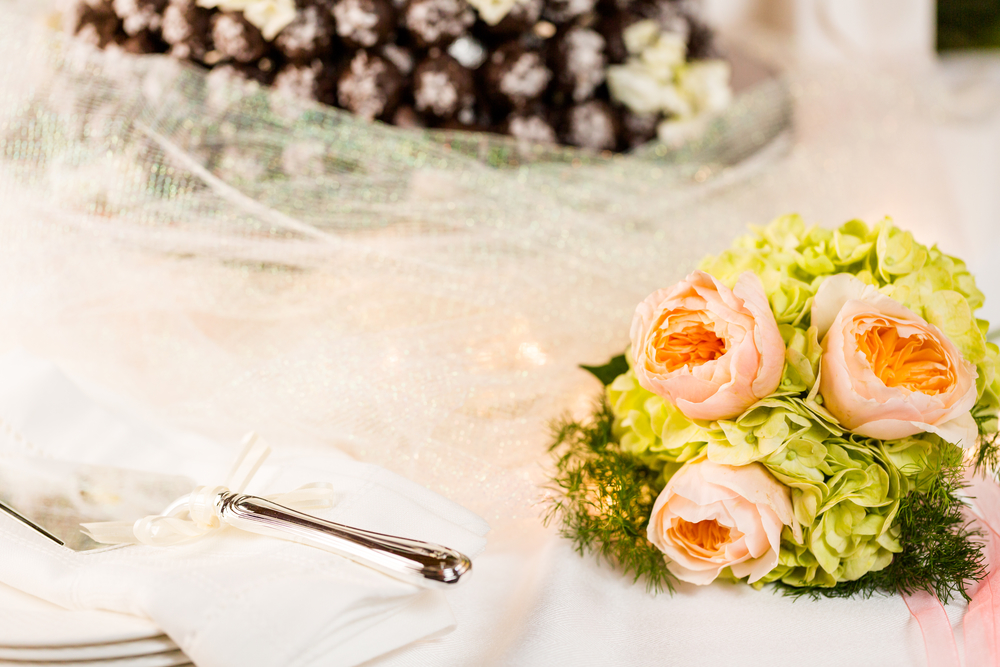The Celts once considered a man and woman could be unified by the simple joining of hands. This was an outward gesture that signified a marriage of consent. The actual consummation of the marriage validated the union. In Scotland, this form of marriage was recognised up until 1940 when the marriage laws were reformed.
Derived from the term “hand-festa”, of Old Norse origins, there was debate as early as the 18th Century on whether handfasting resulted in a permanent or trial marriage. It seems that the definition goes both ways in the modern age. Marriage vows taken by those practising Neopaganism have their choice of vows with different time frames. They may choose to marry for “a year and a day”, “for as long as love shall last” or more typically, for a lifetime. The binding may or may not be legal, depending on the couple’s preference, the presence of a legally authorised minister and/or laws of their state or country.
The ceremony itself has many variations. The wrists of the couples are almost always tied to each other, usually with silken ribbons or scarves, a sort of gentle handcuff. Rings may or may not be exchanged. The couple may choose rings that reflect their cultural heritage, particularly if they are of Celtic origin. Some couples jump over a broom or a small fire at the end of the ceremony. These weddings are normally held in late spring or summer and most times are outdoors.













